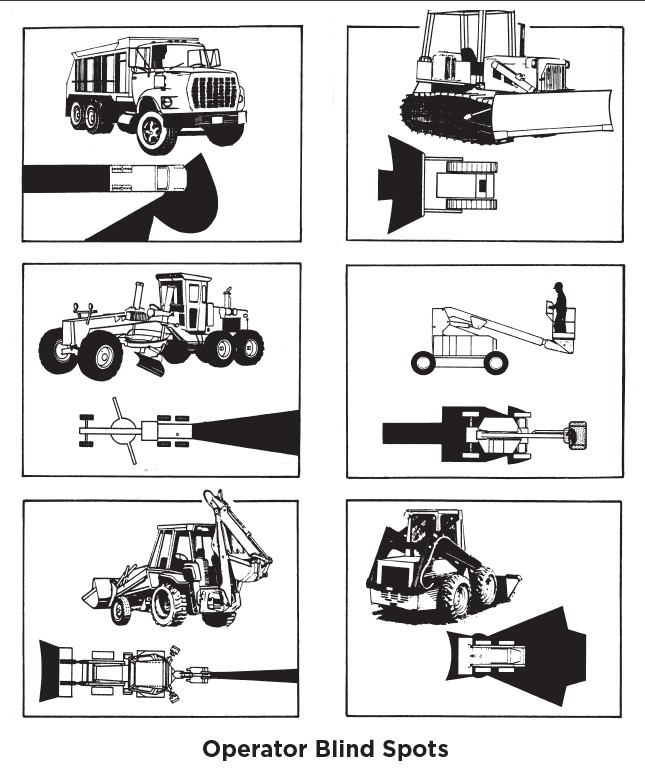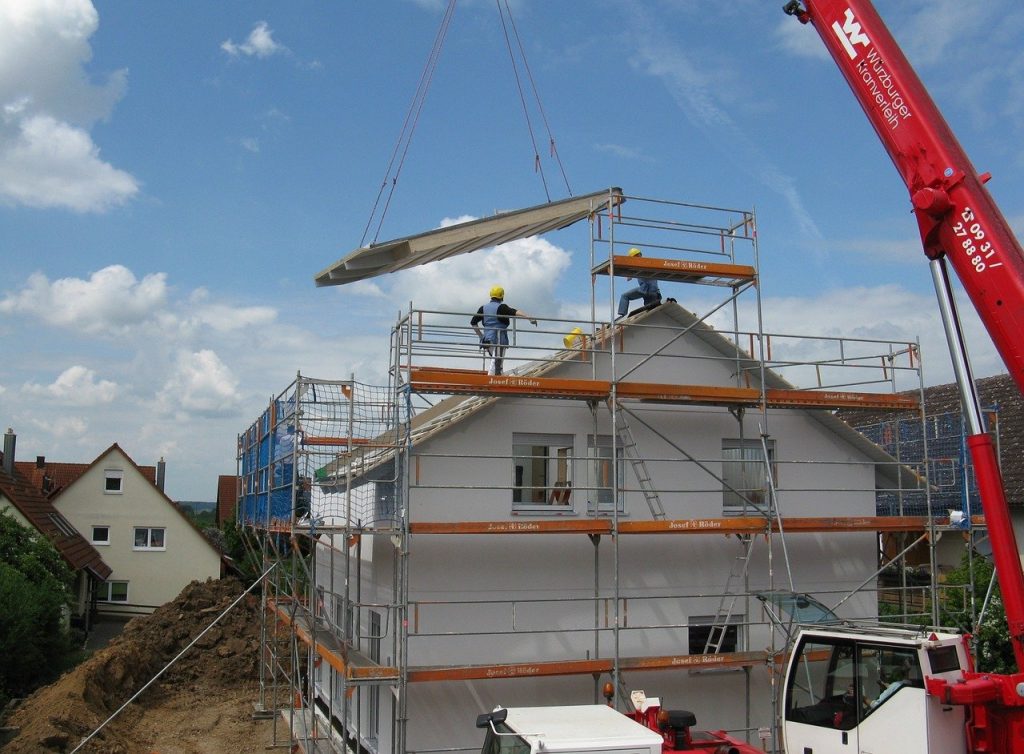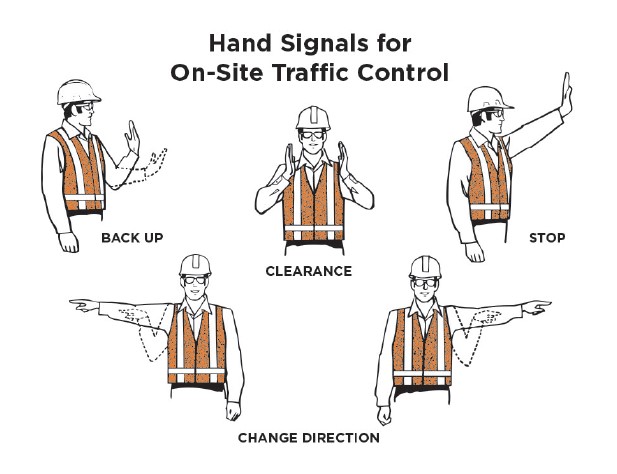Backing Vehicles
Backing Vehicles
Explain dangers
Every year, workers are killed and injured by backing vehicles and machinery. The main problem is blind spots around heavy equipment.
If you’re in a blind spot and the operator doesn’t know you’re there, you could be struck by heavy equipment.
The hazards increase in congested areas where vehicles and heavy equipment are backing up all the time. Noise distracts people and dust makes it difficult to see and be seen.
Identify controls
• Always make eye contact with the operator before approaching vehicles and equipment. Wave your hand to get their attention and wait for a wave back to ensure the operator has seen you.
• You can plan a drive-through site to limit the need for backing up. But on most projects, trucks and equipment have to operate in reverse at some point. That’s when a signaller is necessary.
• The signaller is another pair of eyes for the driver. If you’re asked to work as a signaller, use traffic control hand signals and follow these tips:
–– Wear high-visibility clothing as required –– Stand where the operator can see you at all times, and where you have a full view of the intended path of travel. But stay out of the vehicle’s path.
–– Make eye contact with the driver or operator before you signal or change position.
–– Do not perform any other duties. Signalling requires your full concentration.
–– Know driver and operator blind spots.
NOTE: New technology, such as a system that reads tags on worker’s vests or hard hats and sends a signal to warn the operator that someone is behind them, can be used. But these systems may not be available on all projects.
Demonstrate
Hand out IHSA’s Traffic Control Hand Signals Card (V006).
Show your crew where the blind spots are on a truck or piece of heavy equipment on site.
Get them to see things from the operator’s perspective.

For more information, visit the IHSA website.


